How will Making Tax Digital affect my business?
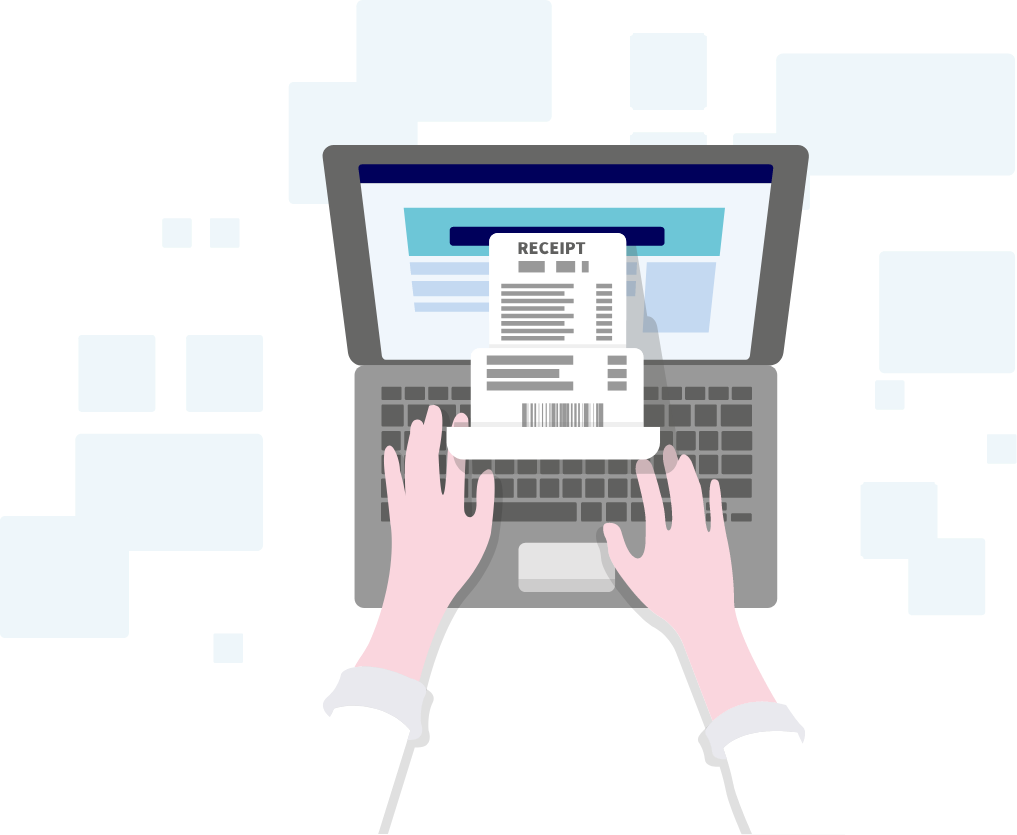
With its complicated processes and indecipherable jargon, it's little wonder that tax is a subject that can cause business owners to break out in a sweat. But when it comes to paying the tax that's owed, the majority of business owners work hard to ensure the numbers add up as they should.
Despite these good intentions, the latest tax gap figures – which show that avoidable mistakes in tax returns cost the Exchequer over £9 billion a year – prove that there's still work to be done in making the tax return process simpler for business owners.
Enter Making Tax Digital.
Introduced by the Government in April 2019, Making Tax Digital is designed make it a little less taxing for UK business owners, contractors and sole traders to report on, submit and store their tax information.
Looking to get your business up to speed with Making Tax Digital legislation? Read AXA's guide to Making Tax Digital for VAT to learn how it will make it easier and quicker to submit your business's tax return – leaving you more time to focus on doing your best by your customers.

What is Making Tax Digital?
Making Tax Digital is designed to make submitting tax returns more straightforward by giving you an up-to-date overview of the amount of tax you owe and the number of payments you need to make.
It involves users keeping digital records and using accountancy software, like Xero or QuickBooks or others, to submit tax returns directly to HMRC. The Government hopes that these digital records will help improve accuracy of tax returns and help to reduce the amount of tax lost to avoidable errors.
As well as offering a personalised digital tax account when you sign up for Making Tax Digital, HMRC also provide support, advice and alerts to keep you in the know of key tax dates to be aware of.
Despite bringing in a sea of changes in its wake, some aspects of tax return remain the same under Making Tax Digital.
Be mindful that Making Tax Digital doesn't alter your tax filing period. So, if you choose to file your tax returns monthly, quarterly or yearly, then continue to stick to your filing dates.

When is Making Tax Digital being introduced?
Making Tax Digital is being phased in gradually by HMRC. The first stage of this legislation became compulsory on 1 April 2019.
Below, we've listed the Making Tax Digital timeline and how it's likely to impact businesses in the upcoming months.
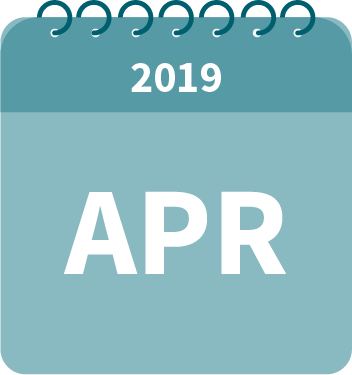
1 April 2019: All VAT-registered businesses with an annual taxable turnover above the VAT threshold of £85,000 need to keep digital records and submit digital VAT returns using compatible Making Tax Digital accountancy software. Businesses HMRC deemed to have complex needs were given a 6-month deferral.
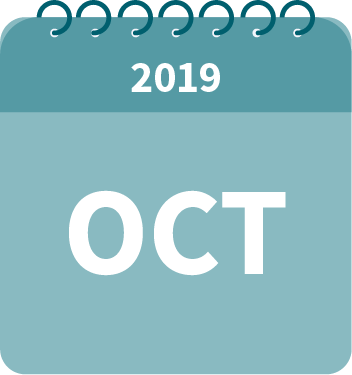
October 2019: Complex businesses (which includes trusts, not-for-profit organisations, public sector entities, Government departments, NHS Trusts, local authorities, public corporations and traders based overseas) who were deferred in April need to comply with Making Tax Digital.
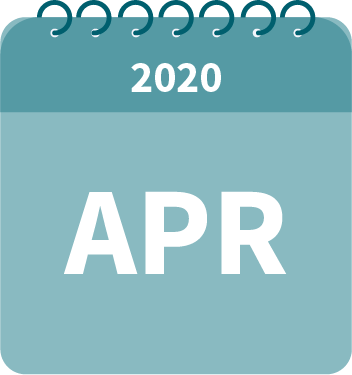
April 2020: HMRC are set to introduce the Making Tax Digital regulations to Income, Corporation Tax and all VAT-registered businesses.
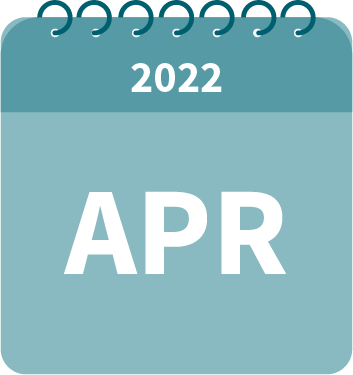
April 2022: All VAT-registered businesses now need to keep digital records and submit digital VAT returns using compatible Making Tax Digital accountancy software.
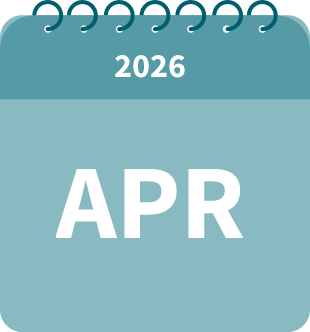
April 2026: If you are self-employed or a landlord and have an annual business or property income of more than £50,000, then you will need to follow the requirements for Making Tax Digital for Income Tax by 6 April 2026.
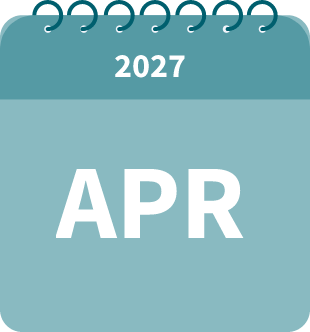
April 2027: If you are self-employed or a landlord and have an annual business or property income of more than £30,000, then you will need to follow the requirements for Making Tax Digital for Income Tax by April 2027.

Do I need to register my business for Making Tax Digital?
Whether you're a sole trader, a limited company or self-employed, if you're a VAT registered business then you'll need to register for Making Tax Digital as of April 2022.
When signing your business up for Making Tax Digital, you're given a personalised digital tax account, which houses all of the information that HMRC holds on you, your business and its taxes.
In the same way that your online banking apps tell you how much money you have in your account, your digital tax account gives you an overview of your business's tax liabilities and entitlements. It also allows you to update or amend any information which HMRC holds on you surrounding taxes.
As a rule of thumb, if you file a tax return or get income from sources other than a Pay As You Earn (PAYE) payroll, then Making Tax Digital should be on your radar – this doesn't just include businesses, but landlords and non-profit businesses too.
If you're a pensioner, are paid through PAYE or have a secondary income of less than £10,000, you don't need to register for Making Tax Digital but you can do so if you're keen to start keeping digital tax records.

How to register for Making Tax Digital for VAT
VAT registered businesses need to sign up for Making Tax Digital for VAT before their first return is due as eligible businesses aren't automatically enrolled.
If you pay your tax return to HMRC by direct debit, you must sign up at least seven working days before your VAT period deadline. Otherwise, your business must be registered at least three days before the return deadline.
If you're not using an agent to sign your business up to Making Tax Digital, you'll need to have compatible software in place that allows you to keep digital records and submit VAT returns before you can sign up.
Here's the information you'll need at hand when signing up to Making Tax Digital:
- Your Government Gateway ID and password (register here)
- Your business email address
- Your company’s VAT number (you’ll find this on your VAT registration certificate)
- The date your business became VAT registered (you'll find this on your VAT registration certificate)
- The postcode of your principal place of business
- The total amount of your last VAT Return
- The month in which your most recent VAT Return was submitted
- What accounting software you intend to use
- Your National Insurance number (if you're a sole trader)
- Your Company Registration Number and your Unique Taxpayer reference for Corporation Tax (if you're a limited company or registered society)
- Your partnership's company registration number, Unique Taxpayer Reference and postcode where you're registered for Self Assessment (if you're a limited partnership)
- Your partnership's Unique Taxpayer Reference and postcode where you're registered for Self Assessment (if you're a general partnership)
It can take up to 72 hours to receive final verification from HMRC that your business can begin submitting VAT returns through Making Tax Digital. Never submit your VAT return without receiving this confirmation.
Once you've heard back, you'll be able to use your chosen compatible accountancy software to submit your VAT returns.
The sooner you prepare all of the necessary information the less you'll risk facing any unexpected delays.

Can I register for Making Tax Digital even if it's not required for me?
Even though it isn't a mandatory requirement right now if you're self-employed, a landlord who rents out UK-based property (excluding furnished holiday rentals), or have simply kept your Self Assessment tax returns and payments up to date, you can sign up for the digital tax returns pilot scheme.
This system allows you to keep digital records and submit Income Tax updates to HMRC rather than filing a Self Assessment tax return.
Given that the early bird catches the worm, signing up early could give you more time to familiarise yourself with its processes, benefitting your business's tax returns in the long run.

What digital records do I need to keep for Making Tax Digital for VAT?
Once you've registered your business for Making Tax Digital for VAT, you're required to keep digital tax records of your business's tax history.
The digital records that HMRC expect you to keep are listed below:
- Information about your business: This includes your business name, address, VAT registration number and a record of any VAT accounting schemes
- Information on the sales or services you supply to customers (output VAT): You should keep information on the date your business provided the service, the value of the services or sale provided, and the rate of VAT charged
- Information on the services your business receives (input VAT): You should keep information on the date your business received the service, how much it cost (including any exempt or zero-rated VAT) and the amount of input tax you will claim
- Information on your business's VAT account: This includes the output tax due on sales, the tax that needs to be paid following a correction or error adjustment, the input tax claimable from business purchases and any other necessary adjustment required by VAT rules
You'll need to send an income and expenses summary every three months using Making Tax Digital compatible software. Once the accounting year has come to an end, you'll then need to send a final report to HMRC so that the final tax owed for that tax year can be calculated. At this point you can claim any allowances or tax reliefs for your business.
You're required to keep your business's VAT records for at least 6 years, so make sure you keep everything organised for ease of access should you need them at a later date.
Head here for more information on the rules and regulations around VAT Notices under Making Tax Digital.

How do I find software compatible with Making Tax Digital for VAT?
HMRC-recognised accounting and bookkeeping software, like Xero, QuickBooks, Sage and Zoho, can be linked directly with the Making Tax Digital system, letting you keep digital records and submit VAT returns.
After you've registered your business for Making Tax Digital, you'll be able to set up the accounting software to automatically submit your digital returns using the Making Tax Digital process.
Automating tax returns can save small businesses 27.6 days a year in comparison to using manual methods. Investing in it could allow you to put more of your precious time into developing other areas of your business.
Not only this, by linking your software with HMRC's systems, they'll send you alerts of upcoming key dates to make sure you're reporting the right information and to help prevent overdue payments, mistakes and accidentally incurring any penalties.
You can still use spreadsheets to help tally up your VAT transactions and gather together the necessary information for your tax return, but you'll need to use compatible software to convert your digital tax returns to the correct format before sending them off to HMRC.
Keep in mind that if you do decide to use spreadsheets to calculate your business's taxes, you'll need to invest in bridging software to connect non-compatible software (like spreadsheets) to HMRC's systems.
Use the Government's tools to search for software compatible with Making Tax Digital for VAT and Making Tax Digital for Income Tax.

How much does it cost to update my business for Making Tax Digital for VAT?
Don't currently use accounting software to balance your books? Then you'll need to make sure you factor in the costs hidden associated with getting your business in gear with Making Tax Digital's rules and regulations.
The Government has estimated that it'll cost small businesses £70 a year over four years to adapt to Making Tax Digital regulations. However, there's been a lot of debate around the true costs behind Making Tax Digital.
The Institute of Chartered Accountants in England and Wales and the Federation of Small Businesses calculate that the true cost of preparing a business for Making Tax Digital over a four-year period range between £1250 and £2770 respectively.
However, other research suggests that despite the initial costs, digital accountancy software can improve a business's efficiency by decreasing admin time and could lead to an estimated saving of £17,000 per year.
Only time will tell what the true impact of Making Tax Digital will be, but when you're preparing your business for this new legislation, make sure you factor in the following when totalling up projected costs of accountancy software:
- Training staff on accountancy software
- Factoring in time for quarterly submissions to HMRC
- Buying new software or upgrading existing packages
- Upgrading or purchasing new software
- Accountancy costs
By keeping these on your radar, you'll be able to put away some extra money to help cover any unexpected costs if the Government's projections aren't as accurate when put into practice.

Are any businesses exempt from Making Tax Digital for VAT?
Although the majority of businesses need to adhere to the rules of Making Tax Digital, there are a few exceptions.
Conflicts with religious beliefs
If you're a business owner whose religious beliefs are incompatible with Making Tax Digital regulations, then you don't need to register. For example, some religions prohibit the use of computers.
Reasons of age, disability or remoteness of location
Whether it's due to age, disability or remoteness of your business's location, if Making Tax Digital's rules aren't reasonably practicable for your business to follow, then you could be exempt from registering for it.
This could include if you can't get internet access at your home or business premises and it’s not reasonable for you to get internet access at another location, or if your disability means you can't use a computer or other device for the amount of time needed to keep digital records for your business.
In order to apply for exemption to Making Tax Digital you'll need to get in touch with HMRC directly to discuss and arrange alternative measures. To help the exemption process run smoothly, make sure to have the following information handy when contacting HMRC:
- Your business name and address
- Your VAT registration number
- Information on how you currently file your VAT return
- Details explaining why you think you're exempt from Making Tax Digital
- Business authorisation (if you're applying on someone's behalf)
Until you get communication from HMRC outlining their decision, you should continue filing VAT returns using the method you normally do.

Can I be fined if I don't comply with Making Tax Digital for VAT?
In the 2019 Spring Statement the Chancellor of the Exchequer said that it would take a light touch to penalties in the first year of Making Tax Digital being introduced. The first year is very much a "soft landing period" to allow businesses to put digital links and software in place to connect to HMRC's systems.
Essentially, if businesses are seen to be doing their best to comply with Making Tax Digital, no filing or record-keeping penalties will be issued against them.
However, if your business isn't actively trying to comply with Making Tax Digital regulations and continually pays its tax return bill late, HMRC could apply the current VAT penalties as outlined below.
Current VAT penalties for late payments
| Missed payments within 12 months | Surcharge if annual turnover is less than £150,000 | Surcharge if annual turnover is £150,000 or more |
| 1st | No surcharge | No surcharge |
| 2nd | No surcharge | 2% (no surcharge if this is less than £400) |
| 3rd | 2% (no surcharge if this is less than £400) |
5% (no surcharge if this is less than £400) |
| 4th | 5% (no surcharge if this is less than £400) | 10% or £30 (whichever is more) |
| 5th | 10% or £30 (whichever is more) | 15% or £30 (whichever is more) |
| 6 or more | 15% or £30 (whichever is more) | 15% or £30 (whichever is more) |
HMRC can also charge penalties up to 100% of any tax understated or overclaimed if you send a tax return with deliberate or careless mistakes and can issue a £400 fine if you submit a paper VAT return when you're supposed to submit a digital one.
Once the soft-landing period comes to and end on 31 March 2020, HMRC will bring in a penalty points system for late VAT submissions.
These penalty points will last for two years before expiring and will build up as follows:
- One penalty point for a missed VAT return
- A fine after four accumulated points for a missed quarterly VAT return
- A fine after a further four accumulated points to the above
As well as introducing a penalty points system for late VAT submission, late payment of VAT returns is also changing:
Late VAT payment penalties from April 1 2020
| VAT payment delay | Penalty |
| Late by 15 days | No penalty |
| Late payment between 15 and 30 days | 50% of HMRC interest rate charge |
| Late payment after 30 days | 100% of HMRC interest rate charge plus daily interest charge |
You'll be charged interest for as long as you don't pay up to a maximum of two years.
For more information on how much interest could apply on these penalties, click here.

HMRC Making Tax Digital may be bringing in sweeping changes, but this shift isn't something business owners should be intimidated by. By staying organised and breaking the process into small, achievable steps, adapting your business to Making Tax Digital regulations will be much easier than you think.
Take time to review your working methods to see if you need new or existing HMRC-compliant accountancy software. Plus, ask for help to ensure you're accustomed to how the process works before Making Tax Digital's soft-landing period comes to an end.
And you never know, digital accountancy software could see you cutting down on time spent on tracking your finances and admin, leaving more time to invest in making your business the best it can be.
Work hard, insure easy
Running a business is hard work. That’s why we’re doing all we can to make your insurance a bit simpler. From working to pay claims more quickly to taking the guesswork out of getting business insurance, find out what we’re doing to help.
Learn more